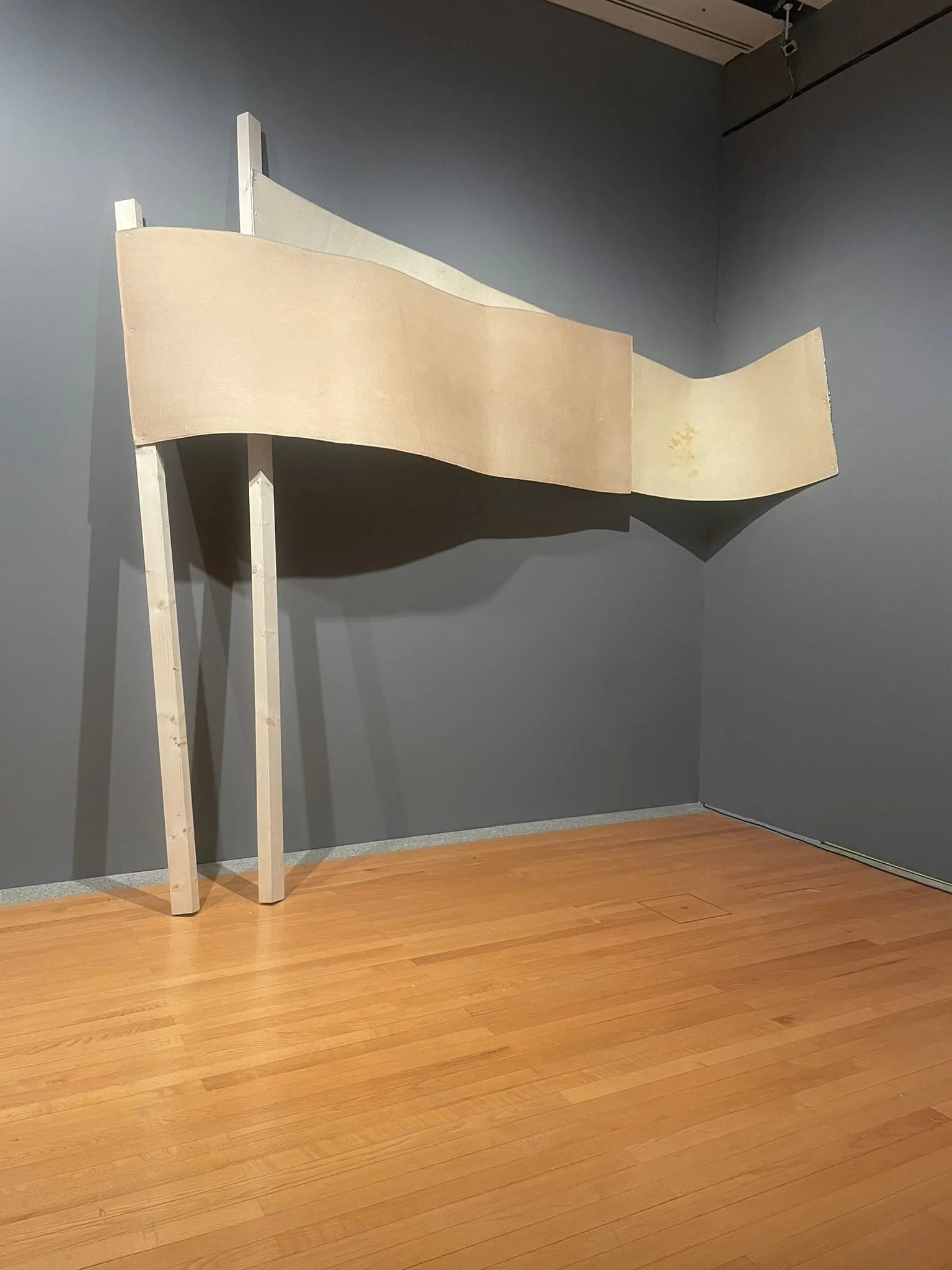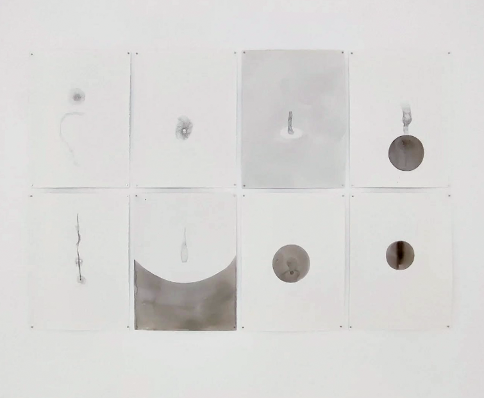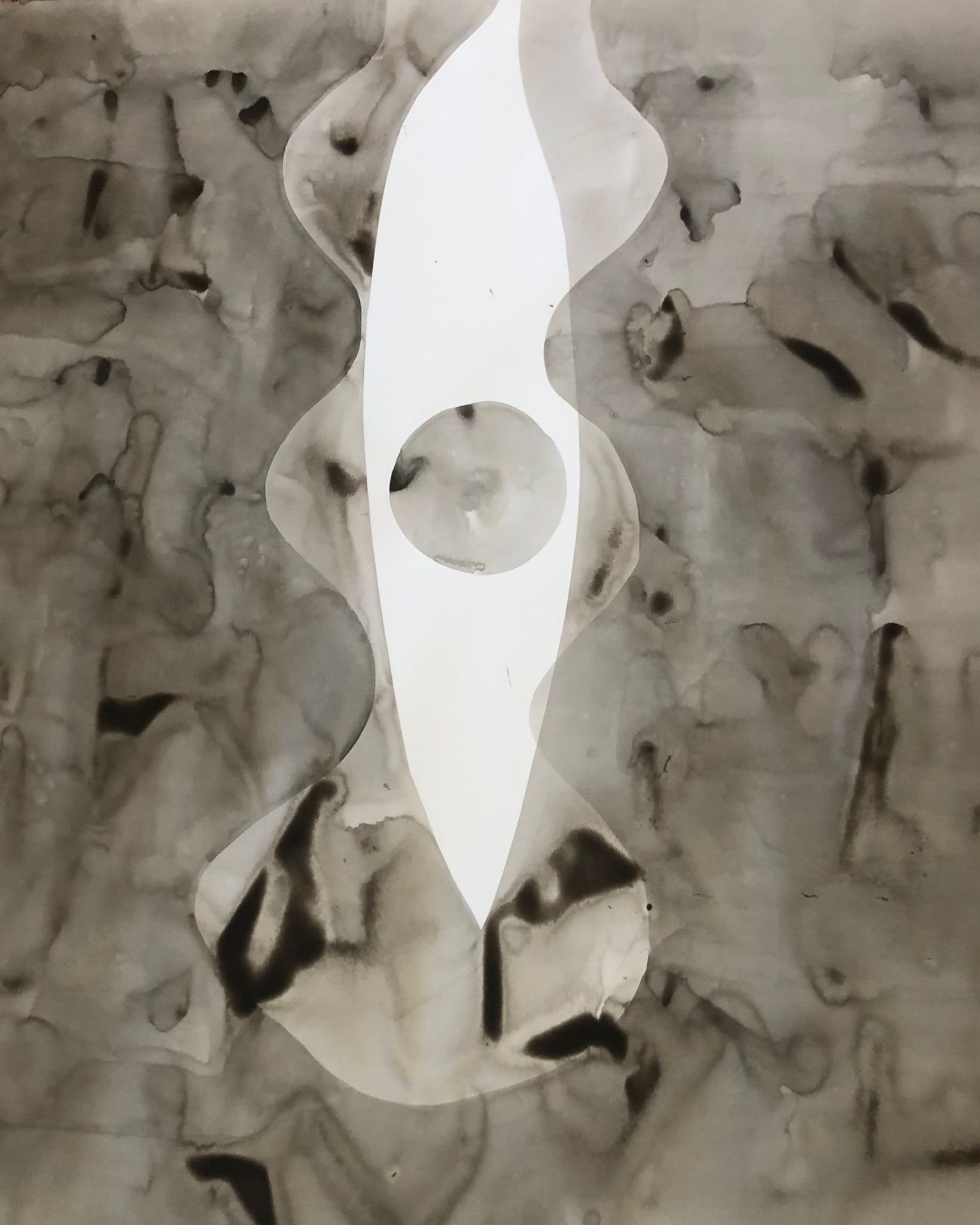
Diogo Bolota, Gonçalo Pena
Avenida 211
Group Exhibition
Inauguração | Opening 24.10.2025
MAC-CCB, Lisboa
24.10 - 05.04.2026
Curadoria | Curated by: Nuria Enguita e Marta Mestre

Catarina Marques Domingues
um olhar itinerante
Group Exhibition
Inauguração | Opening 17.10.2025
BAG Banco das Artes Galeria, Leiria
17.10 - 05.04.2026
Curadoria | Curated by: João Silvério

Hugo de Almeida Pinho, Priscila Fernandes
Inquietud. Libertad y democracia
Group Exhibition
Inauguração | Opening 16.10.2025
La Casa Encendida, Madrid
16.10 - 29.11
Curadoria | Curated by: Paulo Mendes e Sandra Vieira Jürgens

Priscila Fernandes
Fanfare 2025
Solo Exhibition
Inauguração | Opening 18.09.25
BATALHA Centro de Cinema, PortoSolar - Galeria de Arte Cinemática
18.09 - 29.11
Solar - Galeria de Arte Cinemática
20.09 - 08.11


Tiago Mestre
Terra Sol Liberdade
Group Exhibition
Inauguração | Opening 13.09.25
Centro de Arqueologia e Artes de Beja
13.09 - 31.12.2025

Catarina Marques Domingues
MEIO-DIA. A HORA DO CORAÇÃO
Solo Exhibition
Inauguração | Opening 06.09.25
Casa da Cerca - Centro de Arte Contemporânea, Almada
06.09 - 11.01.2026
Curadoria | Curated by Filipa Oliveira

Hugo de Almeida Pinho
Imagens Intangíveis
Group Exhibition
Inauguração | Opening 04.09.25
Carpintarias de São Lázaro, Lisboa
04.09 - 05.10
Curadoria | Curated by Filippo de Tomasi, Isabel Stein e Maura Grimaldi

Celestial Terrestre
Inauguração | Opening 24.07.2025 18h00
Casa das Artes Bissaya Barreto, Coimbra
Exposição individual | Solo exhibition
Texto | Text by Oscar Faria


TIAGO MESTRE
Lúcido Devaneio
Opening 12.07
Exposição colectiva | Group exhibition
Curadoria | Curated by Hiuwai Chu & Raphael Fonseca


PRISCILA FERNANDES
Onde fica a Gozolândia?
Opening 10.05 16h00
Serralves Fora de Portas, Centro Cultural de Lagos, Lagos
Exposição solo | Solo exhibition
Curadoria | Curated by Joana Valsassina
Coleção de | Collection of Serralves

FRANCISCA CARVALHO
CHUVA DE VERÃO
Group Exhibition
Museu de Tavira/Palácio da Galeria
05.04.25
Curated by Fernando J. Ribeiro e Sandra Viera Jürgens

JOSÉ TABORDA
Cité des Artes Residency
Cité des Artes, Paris
Abril 2 - 27 Maio
Apoio | Supported by Fundação Calouste Gulbenkian

TATIANA MACEDO
Still Moving Inside Me
Exhibition
gnration, Braga, Portugal
24.04.2025
Portuguese director and visual artist Tatiana Macedo presents a new installation, promoted by CINEX a programme from Braga 25 Portuguese Capital of Culture.

PRISCILA FERNANDES
Leisure Studies
Solo Exhibition
Kottinspektionen, Uppsala, Sweden
29.03.2025
14h
Supported by Mondriaan Fonds, NL, the Swedish Art Council, and Uppsala Municipality

FRANCISCA CARVALHO
Conversation about techniques for natural dyeing
Ciclo Great Artists on Campus
Cinema Fernando Lopes, Universidade Lusófona
25.03.2025
15h
Curadoria | Curated by João Sousa Cardoso and Orlando Franco

HUGO DE ALMEIDA PINHO
ENDLESS SUN: CAPITAL BLINDNESS
Guided Tour with João Sarmento SJ 22.03.2025 16h
Finissage/Live set by Giuseppe Rizzo 30.03.2025 15h - 18h

HUGO DE ALMEIDA PINHO
Smoke and Mirrors
Group Exhibition
Centro de Arte Oliva
21.03.2025
19h
Curated by Sara Castelo Branco